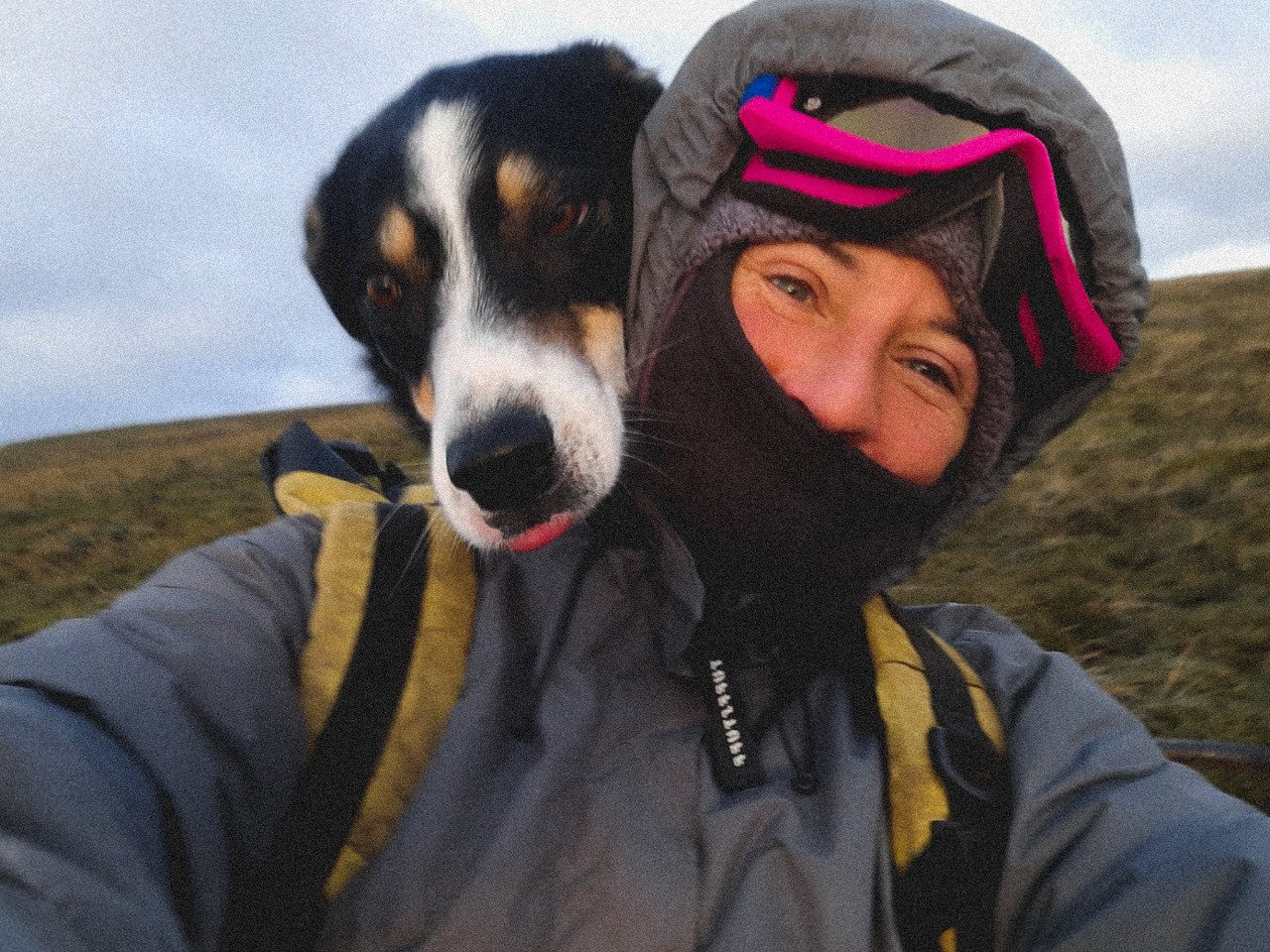Roots in the Ground.
‘’The nation that destroys its soils destroys itself’’
Franklin D Roosevelt. 1937
I share an island in the southern South Atlantic Ocean with Magallanic penguins. A few casually stroll through my garden and a pair nest behind my battery shed. Sealions patrol the kelp line of the bay in front of the house -usually a big school of squirming teenagers on the hunt for fun or feasts-. Striated Caracaras -the rarest bird of prey in the world– nest and breed here, and make great sport of sitting on my polytunnels and tearing the cover to shreds.
Come December I start counting down the days to Christmas -in anticipation of the first sighting of Sei Whales-. Most often they appear is a whoosh of noise. I’ll be busy in the gardens or starting lunch and its just that giant sigh that suddenly fills the bay and floats into the house. It’s really, really summer then.
Come autumn hundreds of Black Browed Albatross fill the bay –seemingly wingtip to wingtip to gorge on smelt-. The Oyster catchers keep us company through the winter -their bosun calls piping the count of the long dark hours-. And the Barn Owls come to shriek at the dogs, woefully rude neighbours.
Sharing this land means caring for it. Ensuring that the habitats that support this wildlife bonanza remain intact.
Sadly large tracts of the island are in severe states of erosion due to grazing pressure- despite almost twenty years without livestock. Dyke Island is not a unique example of habitat loss. Globally we are losing the equivalent of 30 football pitches of soil -every minute- to degradation. When it can take thousands of years for just one centimetre of topsoil to form, the outcome seems inevitable. Yet there is a simple and effective solution that can address so many of our looming issues, and that’s saving our soils by getting roots in the ground.
Soils that are covered in plants store and absorb water, which protect against droughts and flooding. They bring surrounding temperatures down and regulate them. They store carbon and very helpfully feed us. But soil cannot do this alone- it is merely a medium that holds a magical world of microbes that team up with plants to generate these miraculous cycles-. No roots=no microbes, no microbes =no soil. What remains is dirt, which (in the Falklands) blows away.
So, it makes sense that soils that have plants and roots and are covered year-round, are soils which provide a nourishing ecosystem for our species. And for the spectacular abundance of wildlife that call the Falklands home. We are slowly getting roots back in the ground on Dyke Island by planting a very special native grass-tussac.
Tussac grass forms a dense thicket up to 2m high and virtually impenetrable in old established stands- it is the sub-Antarctic equivalent of a forest. It is very good for keeping soil on the land where it should be, and not blowing into the ocean and smothering the kelp forests. (The kelp forests which hug every inch of the Falklands shoreline -in turn create habitat , reduce storm damage to the land and store carbon. These are the blue carbon belts of the Southern Ocean)
Tussac provides food and shelter to almost every bird and mammal native to the Falklands and happily grows in high acid soils- of which the Falklands has plenty of. The perfect plant for our large scale coastal restoration project.
Teaming up with the Falklands Government Environmental Studies Budget, Falklands Conservation Springcreek Grant and the Antarctic Research Trust, our dream of rehabilitating eroded peat soils on Dyke Island began in the winter of 2022. The project aims to rehabilitate 60 hectares on the South West Peninsula by planting native grasses. Phase One commenced by erecting an electrified fence ,which cordoned off approximately 230 hectares and the last large remaining stands of tussac grass on the island. The fencing is a barrier to livestock and a promise to allow this piece to remain a reserve.
Over the course of this winter 23 000 tussac tillers were planted in 6 hectares within the South West Peninsula. With an estimated 60 hectares of bare ground to plant ,this is a multiyear endeavour with the first priority being to stabilise the peat soils to prevent further erosion.
Our long term aims for Dyke Island -once the soils are stable and the ground is covered- is to introduce more native varieties back into the ecosystem such as blue grass boxwood and sword grass. By creating a resiliant ecosystem for future climate change we can hope to keep the habitats in place for our animal neighbours.
Having the team on Vinson of Antarctica stop by for a visit and a day of tussac planting was a great help in our project. Many hands make light work and the patch we planted will be the nursery site for future material.
In 2 or 3 years we hope they will be back to harvest tillers from the Vinson Nursery and keep spreading the tussac love and message- Roots in the Ground-.
Giselle Hazell
Sailor








